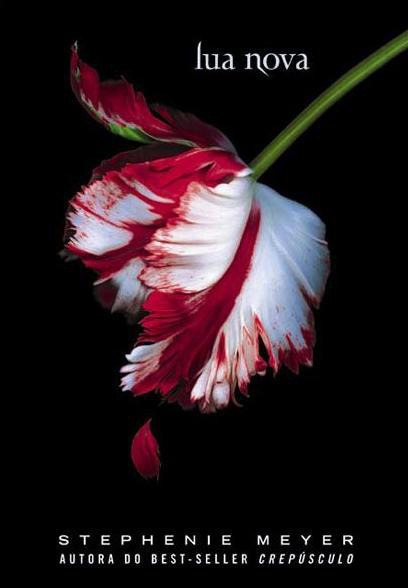
Or, as author Tananarive Due puts it: “Black history is black horror.” Griffith’s Birth of a Nation, whose disturbing scenes of a freedman (played by a white actor in blackface) chasing a white woman and then being lynched by the heroically depicted Ku Klux Klan make for a kind of horror film in reverse - the movie was considered a heroic epic at the time, but it plays like a nightmare today. It starts in the silent era, with the 1915 success of D.W. As a result, this documentary is as much social history as it is film history, as much a look at form and sensibility as it is a portrait of industrial practice. It’s telling that, in a movie about black horror, it’s not until about midway through the documentary that we get to what was referred to at the time as the first “black horror film,” Blacula the history recounted in Horror Noire was often overlooked, or considered unimportant, or maybe even deemed too incendiary by many historians, scholars, and critics. The offhand, bull-session-like atmosphere is also simply more engaging it made me wonder why more documentarians don’t employ this approach. (I think my favorite of these pairings is Dawn of the Dead star Ken Foree with The Thing’s Keith David.) This looseness is crucial because most of the film consists of interviews the whole thing would become insufferably monotone if everyone simply addressed the camera.

Interviewing a diverse array of scholars, directors, and actors, Burgin pairs many of his subjects together - Demon Knight director Ernest Dickerson with Tales From the Hood director Rusty Cundieff, for example, or actress Paula Jai Parker with Blacula director William Crain - so that we see and hear their casual interactions with one another.


Means Coleman’s book Horror Noire: Blacks in American Horror Films From the 1890s to the Present and consisting largely of talking heads (including Coleman herself) and movie clips, the documentary might at first glance seem like it’s going to be a fairly dry, academic affair, but director Xavier Burgin finds ways to keep the discussion conversational and animated, and deploys creative editing techniques to enhance the emotional effect of the topics being tackled.

Horror Noire, Shudder’s new documentary about the history of black people in the horror genre, provides an excellent example of how to make cinema history accessible, informative, and even moving for a broader audience.


 0 kommentar(er)
0 kommentar(er)
